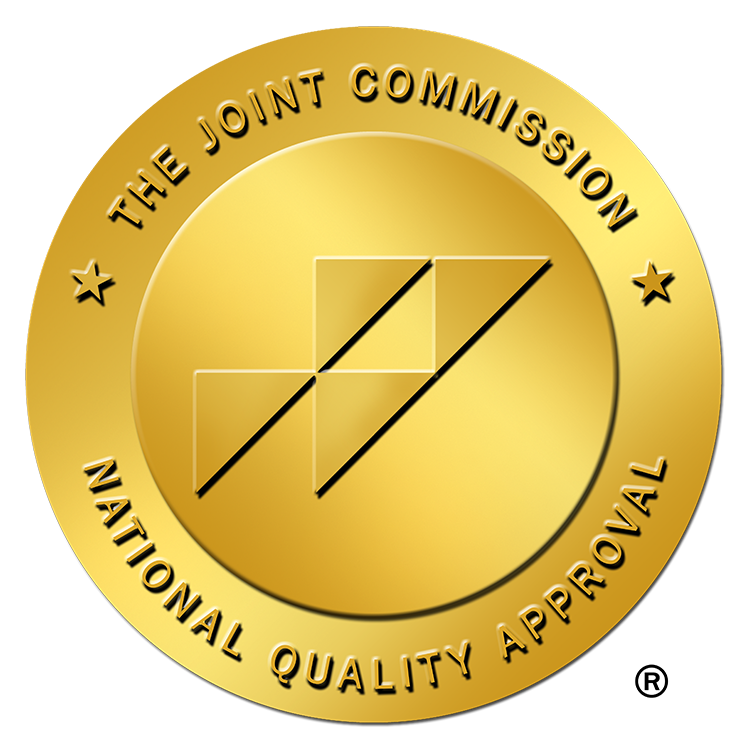Struggling to understand your health insurance? You’re not alone. Insurance can feel overwhelming with all the jargon, paperwork, and fine print. But knowing how to read and use your insurance benefits can save you money, reduce stress, and help you make informed decisions about your healthcare.
Whether you’re dealing with health, dental, vision, or behavioral health insurance, this step-by-step guide breaks down everything you need to know in simple, clear language.
What Are Insurance Benefits?
Insurance benefits refer to the specific healthcare services and costs that your insurance policy covers. Understanding what is included and what is not can help you avoid surprise medical bills and get the care you need.
1. Review Your Summary of Benefits and Coverage (SBC)
Your Summary of Benefits is a high-level document that outlines your:
- Monthly premium
- Deductible
- Copays and coinsurance
- Out-of-pocket maximum
- Covered services
Where to find it:
- On your insurance company’s website
- Through your HR or benefits administrator (for employer-sponsored plans)
2. Learn the Key Insurance Terms
Not all insurance plans work the same way. Here’s a quick breakdown of the most common types of plans.
Types of Health Insurance Plans
- HMO (Health Maintenance Organization): Must choose a Primary Care Provider (PCP); referrals needed; only in-network providers covered
- PPO (Preferred Provider Organization): More flexible; no referrals; covers both in-network and out-of-network care (in-network is more affordable)
- EPO (Exclusive Provider Organization): No referrals needed; in-network only, except for emergencies
- POS (Point of Service): Requires a PCP and referrals, covers out-of-network care at a higher cost
Common Insurance Terms
- Premium – Monthly cost of your insurance
- Deductible – What you pay before insurance begins covering services
- Co-pay – Fixed fee for visits or prescriptions
- Co-insurance – Percentage of costs you pay after meeting your deductible
- Out-of-pocket maximum – The most you will pay in a year before your insurance covers 100 percent of costs
3. Understand In-Network vs. Out-of-Network Providers
Insurance plans have specific doctors and facilities, called a network. Knowing the difference can significantly impact your costs.
- In-network: Lower cost, higher coverage
Out-of-network: Higher cost or possibly not covered at all
Tip: Use your insurer’s provider directory or mobile app to confirm a doctor’s network status before making an appointment.
4. Take Advantage of Preventive Care Services
Most insurance plans cover preventive care at no cost to you. This may include:
- Annual checkups
Vaccinations - Screenings such as mammograms or cholesterol tests
These services help catch health issues early and improve long-term wellness.
5. Use Your Insurance Portal or Mobile App
Most insurance companies offer digital tools to help manage your benefits. You can:
- Track claims and payments
- Check deductible progress
- Find in-network providers
- Download your ID card
- Access telehealth and nurse lines
Logging in regularly can help you stay on top of your care and avoid unexpected bills.
6. Know What Is Not Covered by Insurance
Understanding what is excluded from your policy is just as important. Common exclusions include:
- Cosmetic procedures
- Experimental or non-approved treatments
- Some alternative therapies
- Out-of-country care
Before scheduling any treatment, call your insurance provider and ask if it is covered. Providing the CPT (Current Procedural Terminology) code from your healthcare provider will ensure you get the most accurate information.
7. Ask Questions When You Are Unsure
If you are confused about your benefits or bills, contact your insurance company’s Member Services. They can:
- Explain coverage
- Confirm if a service is included
- Clarify your financial responsibility
The phone number is listed on your insurance card and is usually available 24/7.
Understanding your insurance benefits allows you to avoid unnecessary expenses, access the care you need, and make smarter decisions for your health. A little time invested now can lead to big savings and peace of mind later.
Need Help Understanding Your Insurance?
Centria Healthcare’s Financial Clearance Team is here to help. We can walk you through your benefits, explain coverage, and answer your questions.
About the Author
This blog was written by Stephanie Pantaleon. With more than 20 years of experience in healthcare and Revenue Cycle Management, and a Master of Science in Healthcare Administration, Stephanie is passionate about helping individuals and families understand the financial side of care. Supporting those affected by Autism Spectrum Disorder is especially meaningful to her, and she is committed to making healthcare more accessible and less confusing.





